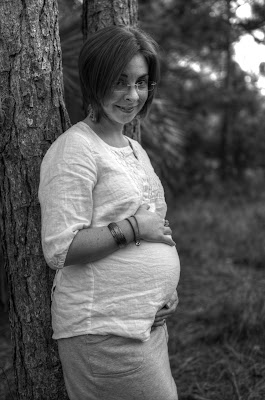So, which burger would you eat? The first? The second? I'm assuming you chose the second.
Why did you choose the second? Did you choose it because it looks more appetizing? Fresher? More vibrant? Yes, all of the above.
You may have heard of some of the tricks photographers use to make food look more appetizing in photography. Back in the old days of film, photographers did rely more on pre-production to get great results. While those principles still hold true, much can be done to spice up a food photo.
Food is an interesting subject. What looks good, and even appetizing to the naked eye may not look so hot when viewed as a photo. Food photos need to convey things that we often miss when we're hungry and our meal is sitting on a plate before us. Food photos need to be the best representative of a dish.
Take the examples above. They began as the same photo. The burger on the left is the image that a restaurant may use because it is a clear, quality image of their burger. While this is a technically adequate photo, you've got to admit that the burger looks lifeless and not very appealing. Remember, while I'm a photographer, I'm also a marketing guy and a foodie. Mix these three things together and I'm the guy you want photographing your food.
I knew that I could make that burger look good so I dug into my Photoshop bag of tricks. Here's what I did:
The bun: It was dull, pale and looked washed out. Yuck. Who wants bread that appears doughy and under-baked? Not me. I used a variety of brushes and brown and golden shades to simulate a toasty, baked look.
The veggies: The veggies look as though they sat in the fridge for a year too long. Yuck, dull colorless veggies aren't so tasty to the eye, so we can assume they're not that tasty to the mouth. I used the natural colors of the veggies and improve their vibrance and saturation. I hand shaded key areas and added shine.
The cheese: The cheese looked plasticky and congealed. I made it look fresh, thick and gooey. Way better looking, don't you think?
The meat: The essence of any burger is the meat. Good restaurants use approximately an 80/20 mix to give a juicy result. However, the juicy appearance quickly goes away as the meat cools. In the original photo, the burger may have sat around a bit too long, giving it a cold, dry look. I added some red, brown and black to the burger and highlighted small spots to give the look of overexposed catch light, simulating shine.
These simple tricks made an adequate, technical photo into a stunning, print ready image.














